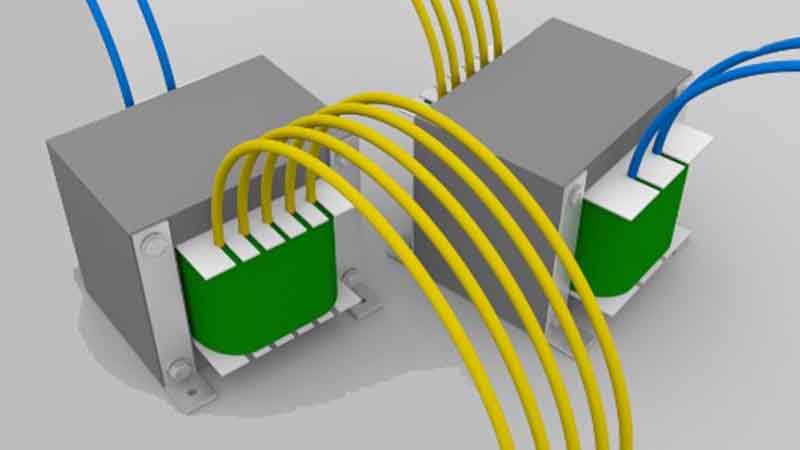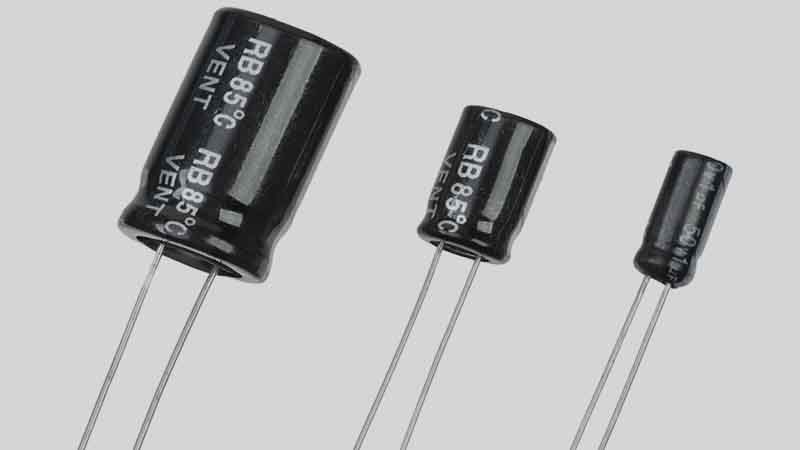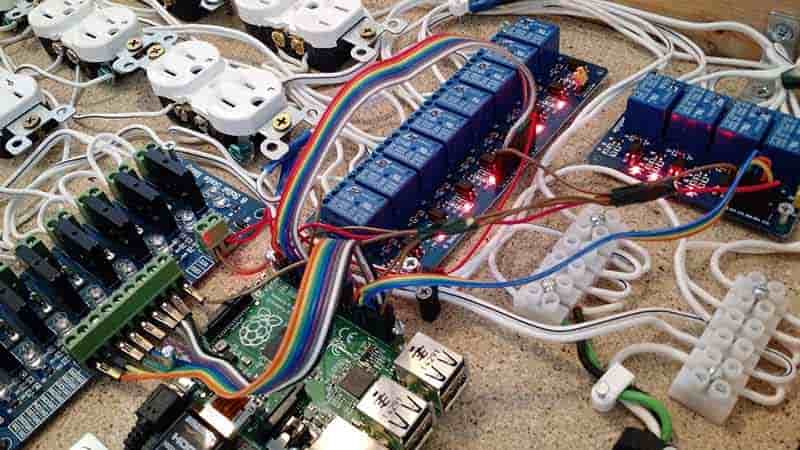Electronic components and devices have multiple electric circuits. In order to keep them functional, you need to pass electrical energy through them all without the frequency changing. To accomplish this task, a transformer is used to implement electromagnetism in order to allow electrical energy to move between the circuits. An electrical system cannot function without a transformer.
Step-up vs Step-down Transformers
The two main types of transformers are step-up transformers and step-down transformers. The primary difference between the two pertains to the voltage. In a step-up transformer, the voltage input is less than the voltage output. In a step-down transformer, the voltage output is less than the voltage input. In other cases, you might have transformers with equal voltage input and voltage output. These transformers would only be used to keep two electrical circuits isolated.
In a transformer, you have an iron core with a primary coil and a secondary coil. A power source sends voltage through two wires that are winded around the iron core and form the primary coil. A third wire forms a secondary coil around the iron core. If the secondary coil has more wraps than the primary coil, then it is a step-up transformer. But if the primary coil has more wraps than the secondary coil, then it is a step-down transformer. The difference between the winds of each coil are what influence the amount of voltage.
So, what does all this mean? In your average electrical appliance, a certain amount of voltage is needed to successfully give it power. If the appliance needs a higher amount of voltage, then a step-up transformer would be installed. The step-up transformer has the ability to take the existing power and convert it into a higher amount of voltage for the appliance. On the other hand, if an appliance requires less voltage, then a step-down transformer is used instead.
You’ll see transformers used wherever there is voltage passing through electric circuits. Not only do individual electronic appliances and devices use transformers, but so do power grids as well. If you were to look at the average community power grid, it would have several different transformers that are responsible for voltage regulation.
Here are the key things to remember about each transformer. If you need to increase the electric voltage to give more power to a sophisticated appliance or device like an electrical motor, then a step-up transformer is necessary. But if you need to cut down the voltage or balance the voltage between the primary coil and secondary coil, then a step-down transformer is needed.
Read also:
- 7 Different Types of Resistors and Color Code Explanation
- The Different between OTL and OCL Power Amplifiers
- 7 Different Types of Amplifiers with their Functions
Multiple Transformers
In some circumstances, the voltage can be transformed into lower values and higher values by using the same iron core. This can be done by utilizing multiple transformers, which offer extra secondary coils. The primary coil has more wraps than one of the secondary coils in order to produce lower voltage. However, the primary coil also has fewer wraps than an additional secondary coil. This allows more voltage to be generated for an additional electric circuit or component. Because of this, the component acts as a step-up transformer and step-down transformer.
Examples
Step-down transformers are used with doorbells. Since you only need about 16 volts to operate the average doorbell, a step-down transformer is required because the power circuits within the average household use 120 volts. As the power wires transfer 120 volts to the step-down transformer, the voltage is reduced to 16 volts before making its way to the doorbell circuitry.
Step-up transformers are used for electric motor starters. To turn an electric motor, it requires a substantial amount of voltage. It may need anywhere from 120 volts to 240 volts of energy. So, the step-up transformers take the existing voltage and increase it to a voltage amount that’ll successfully get the electric motor started.




